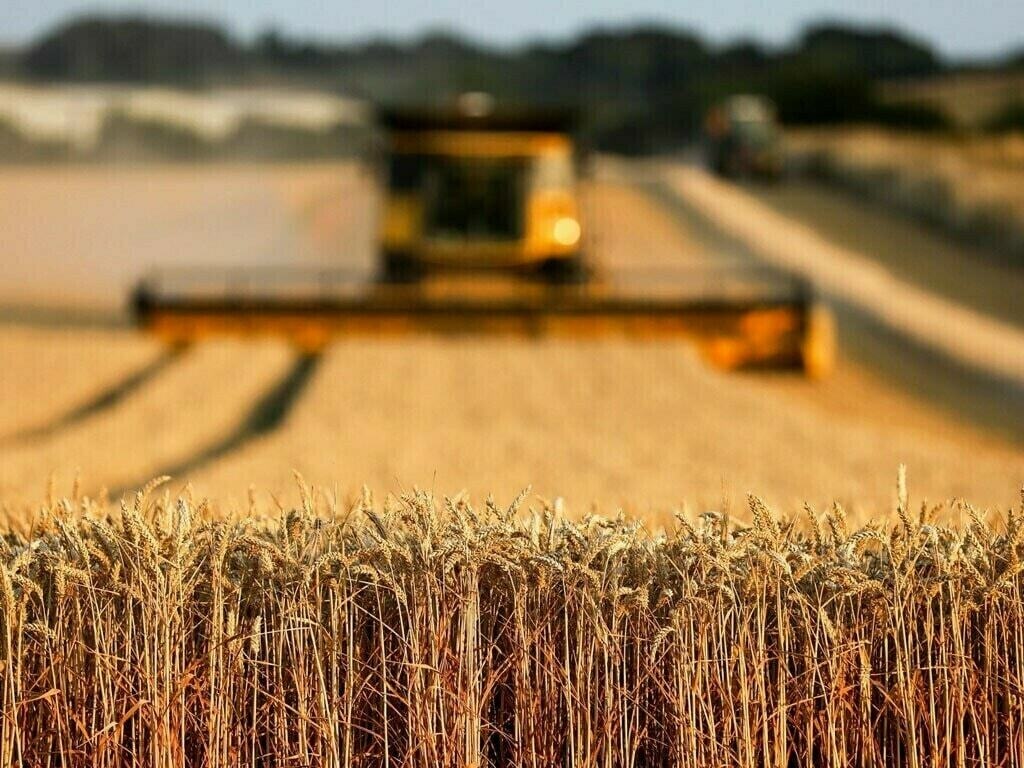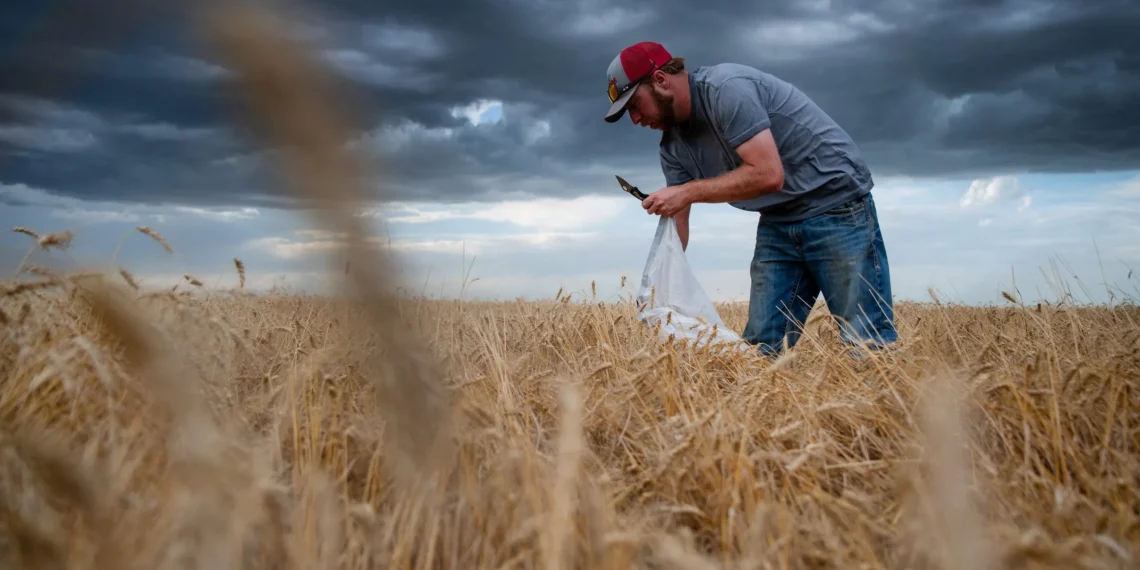U.S. wheat farmers are grappling with grim financial prospects in 2024 due to a combination of low prices and soaring production costs.
Despite the potential for a robust crop, the market is flooded with cheap wheat from overseas, keeping prices depressed.
Farmers, particularly those in the Great Plains, are at risk of incurring losses despite anticipated improvements in yields following years of drought.

The current state of the wheat market, characterized by abundant global supply, presents a significant challenge for American farmers.
Prices have plummeted as cheap imports from regions like the Black Sea and Europe flood the market, exacerbated by ample corn harvests worldwide. This surplus is expected to persist, amplifying concerns about the financial viability of wheat farming in the U.S.
Farmers are facing a daunting scenario where they need substantial yield increases just to break even. Even with what appears to be a promising crop, many are struggling to cover their production costs.
High transportation expenses and equipment maintenance further compound the financial strain on farmers, leaving them with little profit margin.
Despite efforts to adapt, including reducing wheat acreage and exploring alternative crops, many farmers feel compelled to continue planting wheat due to rotation requirements and limited alternatives.

The decline in the number of wheat farms over the past two decades reflects the economic challenges facing the industry.
As farm incomes continue to decline and production costs rise, farmers are left with few options to sustain their livelihoods.
Crop insurance provides only partial relief, leaving farmers to grapple with significant financial losses. The situation underscores the urgent need for policy interventions to support struggling farmers and ensure the long-term viability of the agricultural sector.





